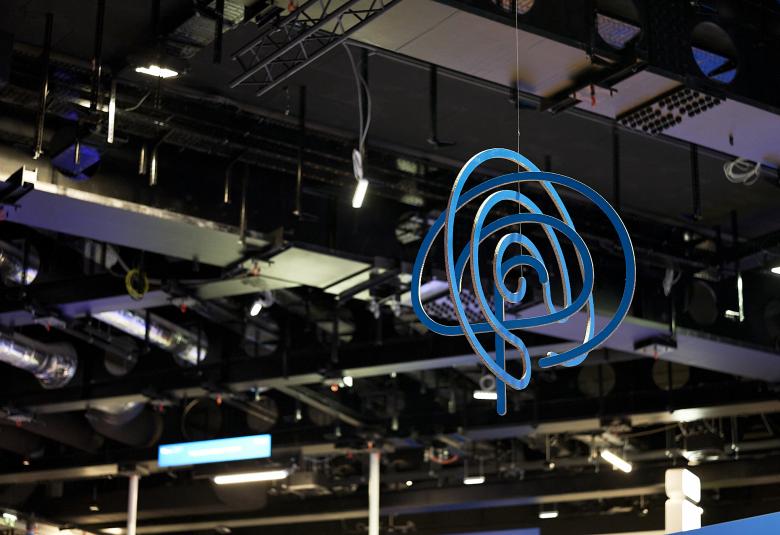Welcome to Progress in Mind’s coverage of the European Headache Congress, December 7–10, 2022, held in Vienna, Austria and online. The 16th EHC 2022 included a packed program of plenary, scientific sessions, symposia, teaching courses, round table discussions, ‘Meet the Experts’, abstracts and poster sessions. Presentations featured the use of migraine preventives, restoration of brain function, medication overuse headache, and new therapeutic targets for headache, to name just a few topics. Here is a summary of highlights from this magnificent brainstorm in magical Vienna.
A lifetime of achievement
At the opening ceremony, Professor Michel D Ferrari, Leiden, Netherlands was presented with the European Headache Federation (EHF) Lifetime Achievement award. In his lecture, Professor Ferrari looked to the future of migraine and cluster headache medicine and encouraged the audience to ask big questions of headache research.
“Ask big questions for the future of headache medicine” – Professor Michel D Ferrari, Leiden, Netherlands
Beyond headache: restoration of brain function
In a plenary lecture, Professor Rami Burstein, Boston, USA explored brain function beyond headache and discussed how peripherally acting drugs can help to restore brain functions altered by frequent and prolonged exposure to migraine pain. He considered that the success or failure of calcitonin gene-related peptide (CGRP) monoclonal antibodies (mAbs) should not be measured after only 3 months. In the absence of unwanted side effects or injection site reaction, anti-CGRP mAbs should be administered for at least 1 year before deciding whether or not they ‘work’ because their ability to restore brain functions continues to improve.
“Anti-CGRP mAbs should be administered for at least 1 year before deciding whether or not they work because their ability to restore brain functions continues to improve” – Professor Rami Burstein, Boston, USA
Preventive therapies at the forefront
The 2022 update of EHF guidelines1 on the use of anti-CGRP mAbs for migraine prevention featured, along with many presentations on various aspects of preventive therapy including:
- Precision medicine for predicting the response to CGRP-ergic medication
- Putative predictors of super-response to anti-CGRP mAbs
- A comparison of real-world studies and trials of anti-CGRP mAbs
- Start – stop – restart: real world treatment patterns for CGRP(-receptor) mAbs
- Oral CGRP receptor antagonists to advance migraine prevention.
Future potential for dual PACAP/CGRP blockade?
The pituitary adenylate cyclase activating polypeptide (PACAP) appeared in several presentations exploring evidence from animal and clinical studies for the involvement of PACAP in migraine pathogenesis. Dr Eloisa Rubio-Beltrán, London, UK investigated PACAP38 and PAC1 receptor blockade as targets for headache medicine.2 While initially promising, a phase 2 study failed to demonstrate benefit of a PAC1 receptor mAb for migraine prevention.3 However, experimental research presented at EHC suggests dual PACAP/CGRP receptor antagonists in development may offer an advantage for some migraine patients in the future.
“Dual PACAP/CGRP receptor antagonists in development may offer an advantage for some migraine patients in the future” – Dr Eloisa Rubio-Beltrán, London, UK
A diverse array of neurological research
At the 16th EHC, numerous symposia, educational and scientific sessions, abstracts and posters delivered a diverse array of research, including:
- New insights into headache classification
- The interictal state of migraine
- Real-world data on migraine preventive therapies
- Medication overuse headache: a widely recognized entity amidst ongoing debate
- Examination of the role of non-CGRP neuropeptides in the pathophysiology of migraine
- Amylin receptors as potential new players in migraine
- Predicting what the future may bring for acute and preventive modulation of the trigeminal system.
Our correspondent’s highlights from the symposium are meant as a fair representation of the scientific content presented. The views and opinions expressed on this page do not necessarily reflect those of Lundbeck.




